Canada bans China's Huawei and ZTE 5G equipment, joining Five Eyes allies
Canada has joined the US and other key allies to press ahead with its long-awaited decision to ban the Chinese telecommunications giants, Huawei Technologies and ZTE 5G.
The Canadian government said Thursday that wireless carriers in the country won’t be allowed to install equipment from Huawei or ZTE in their high-speed 5G networks anymore.
According to the statement, the government expects Canadian companies to stop purchasing new 4G or 5G equipment from the Chinese companies by September this year.
Canada was the only member of the Five Eyes intelligence-pooling coalition not to ban or restrict the use of equipment from Huawei Technologies in its 5G networks.
The US and other members including Britain, Australia, and New Zealand had previously banned Huawei.
“We are announcing our intention to prohibit the inclusion of Huawei and ZTE products and services in Canada’s telecommunications systems,” Canada’s industry minister Francois-Philippe Champagne told a news conference on Thursday.
"This is the right decision and we are pleased to announce it today because it will secure our network for generations to come.”
Responding to a question about the risk of retaliation from the Chinese government, Champagne didn't indicate that was a factor in the government's decision.
"Let me be clear, this is about Canada, this is about our national security, this is about our telecom infrastructure," he said, dismissing the possible repercussions.
With other countries imposing prohibitions of their own on Huawei and ZTE, major telecom players in Canada have already been making decisions in anticipation of a ban.
Huawei is the biggest global supplier of network gear for phone and internet companies and has been a target of Western powers in their soft war against Beijing.
“The threats to Canadians are greater than ever, and we will protect them,” Public Safety Minister Marco Mendicino told reporters in Ottawa. “There are many hostile actors who are ready to exploit vulnerabilities in our defenses — we must redouble our efforts.”
He said the government did an extensive review and is redoubling efforts to “protect” its citizens.
"Canada is a country where people can innovate and start new businesses and leverage new technologies in 5G and beyond, but we also need to safeguard against the risks which can be exploited within those networks," he said.
China condemned the move as a form of "political manipulation" carried out in coordination with the US, which it said was aimed at "suppressing" Chinese companies in violation of free-market principles.
"China will comprehensively and seriously evaluate this incident and take all necessary measures to safeguard the legitimate rights and interests of Chinese companies," the Chinese Embassy in Canada said in a statement posted on its website.
The UK, US, Australia, and New Zealand, along with Canada, make up an intelligence-sharing arrangement named 'Five Eyes'.
It evolved during the Cold War as a mechanism for monitoring the Soviet Union and sharing classified information.
US-China trade war
The US and China are at loggerheads over many issues, including the human rights situation in Xinjiang, US meddling in Chinese Taipei, origins of the COVID-19 pandemic as well as trade.
In recent years, tensions between China and the US have dramatically increased in the wake of aggressive policies adopted by successive governments in Washington toward Beijing.
The trade war between the two biggest economies began in July 2018, under Trump administration, eventually leading to tariffs on some US$550 billion of Chinese goods and US$185 billion of US goods.
US imposed 25 percent duties on around US$34 billion worth of imports from China, including cars, hard disks and aircraft parts. Beijing retaliated by placing a 25 percent tariff on 545 goods coming from the US worth US$34 billion, including agricultural products, automobiles and aquatic products.
A month later, Washington imposed 25 percent tariffs on another US$16 billion of Chinese goods, which included iron and steel products, electrical machinery, railway products, instruments and apparatus.
China responded by imposing 25 percent tariffs on US$16 billion of US goods, including Harley-Davidson motorcycles, bourbon and orange juice.
In a significant move in May 2019, US Department of Commerce announced the addition of Huawei Technologies Co. to its “entity list”, banning US companies from selling to the Chinese telecommunications company without approval.
A month later, Chinese President Xi Jinping and Trump agreed to a trade war truce at G20 summit in Japan, but it didn't materialize as Washington upped the ante in its no-holds-barred trade war with Beijing.
After Joe Biden came to power in January last year, China hoped for an improvement in relations with the US, but the new administration has shown no sign of backing down on Trump's hardline policies toward China.
Israeli aggression against Gaza hospitals ‘flagrant violation’
More pro-Gaza rallies held across Yemen
'Hunger is everywhere in Gaza': UN food agency
Iran dismisses Arab League accusations, says wants stability in Syria
Syria's HTS militants seek ‘peace’ with Israel
VIDEO | Israel violations of ceasefire
Hamas: Israel’s raid on Kamal Adwan Hospital ‘war crime’
VIDEO | TELECOM 2024 brings together ICT firms in Iran


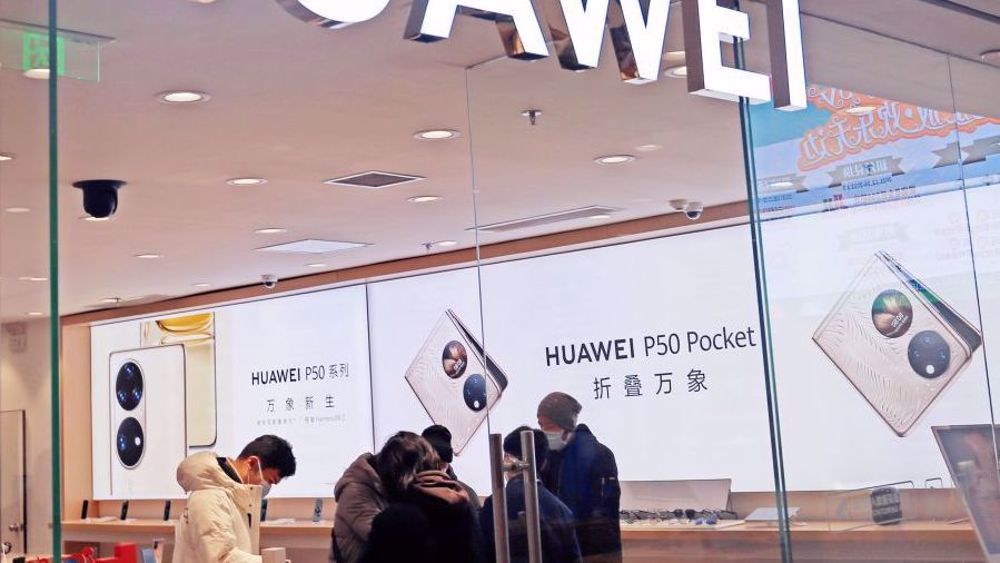
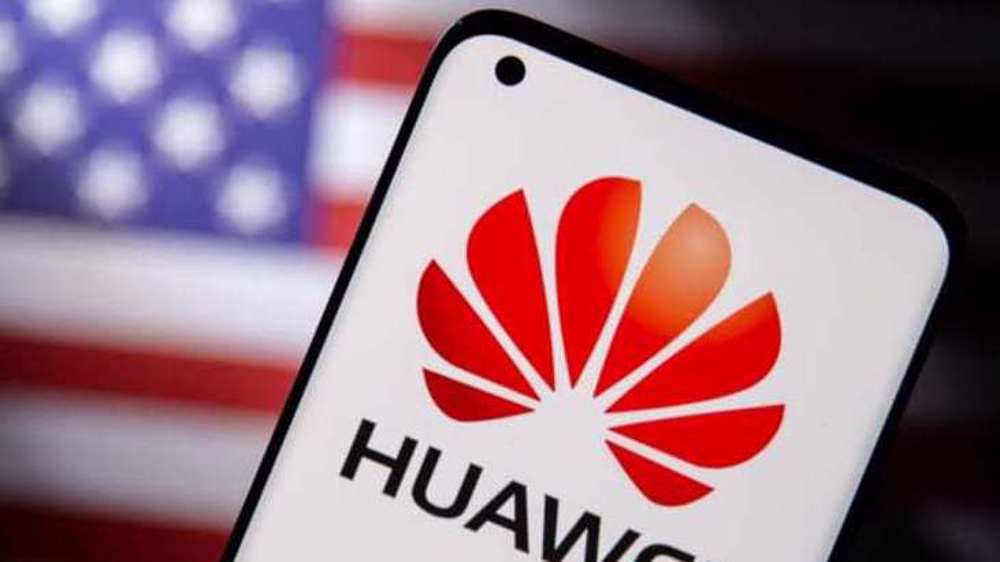
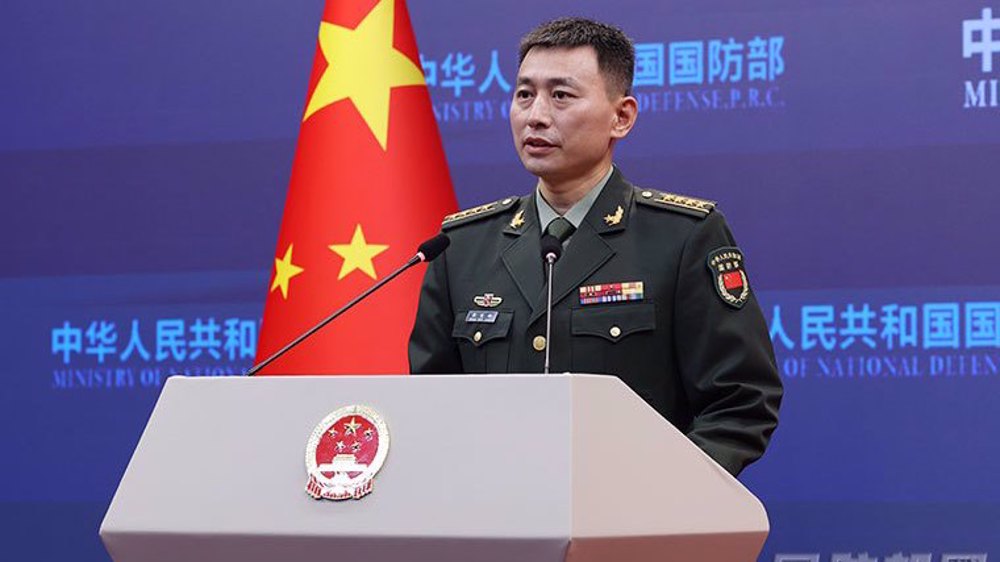

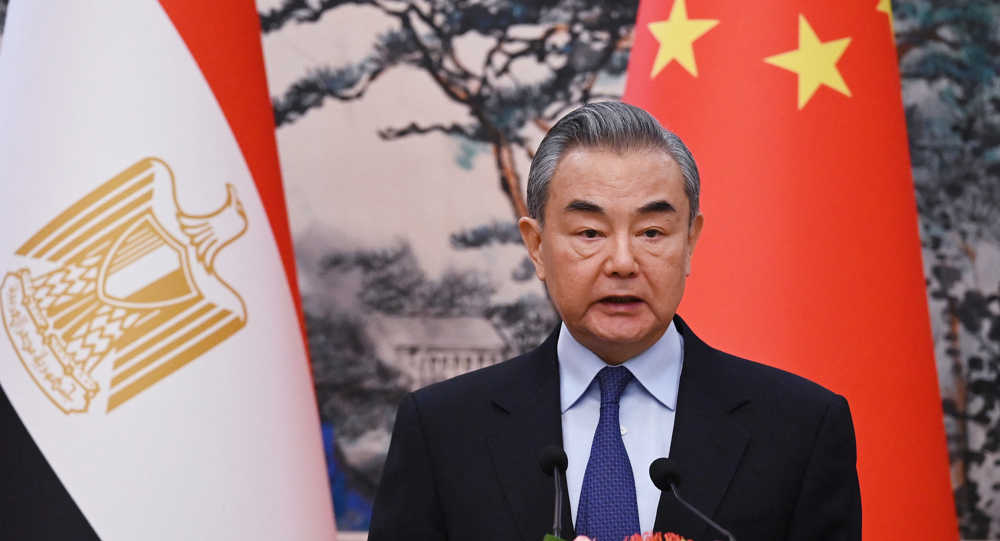




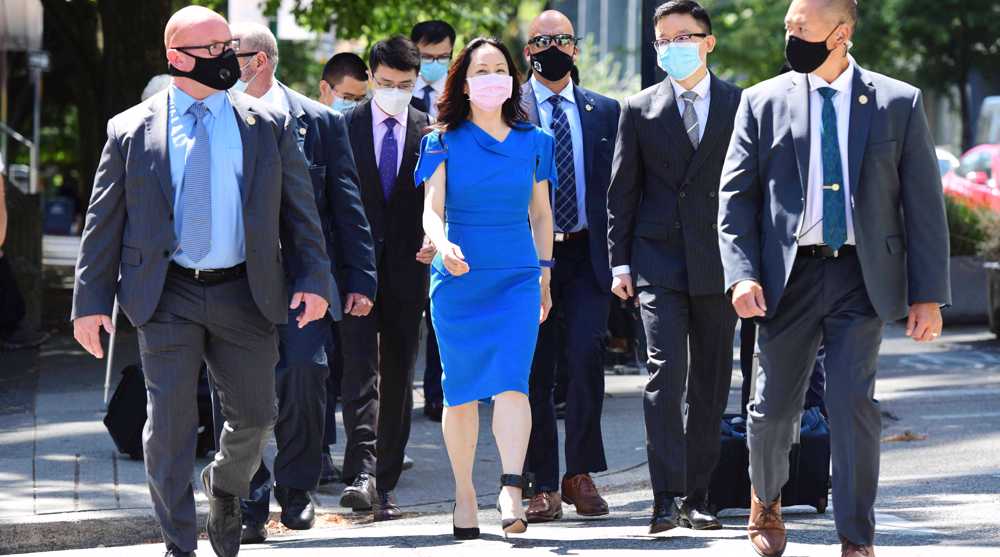
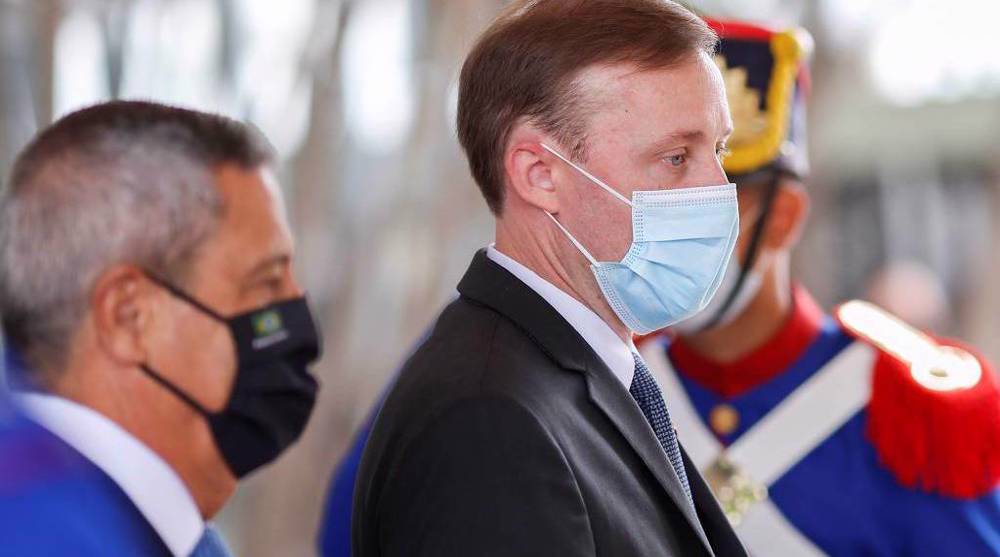
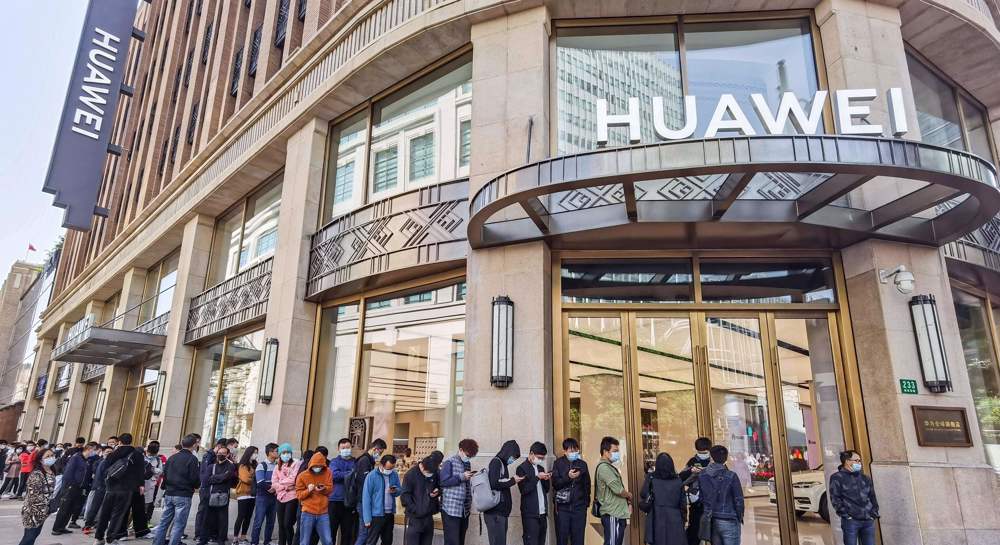

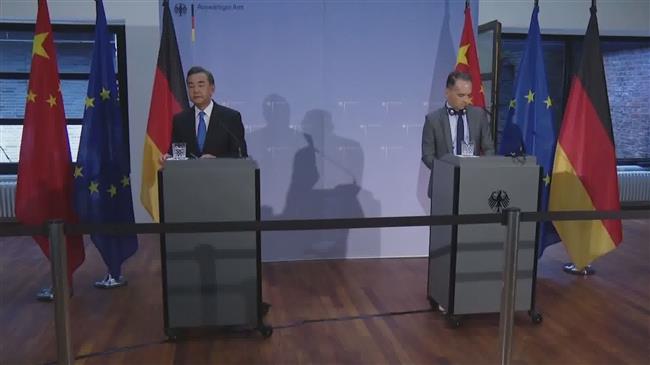

 This makes it easy to access the Press TV website
This makes it easy to access the Press TV website